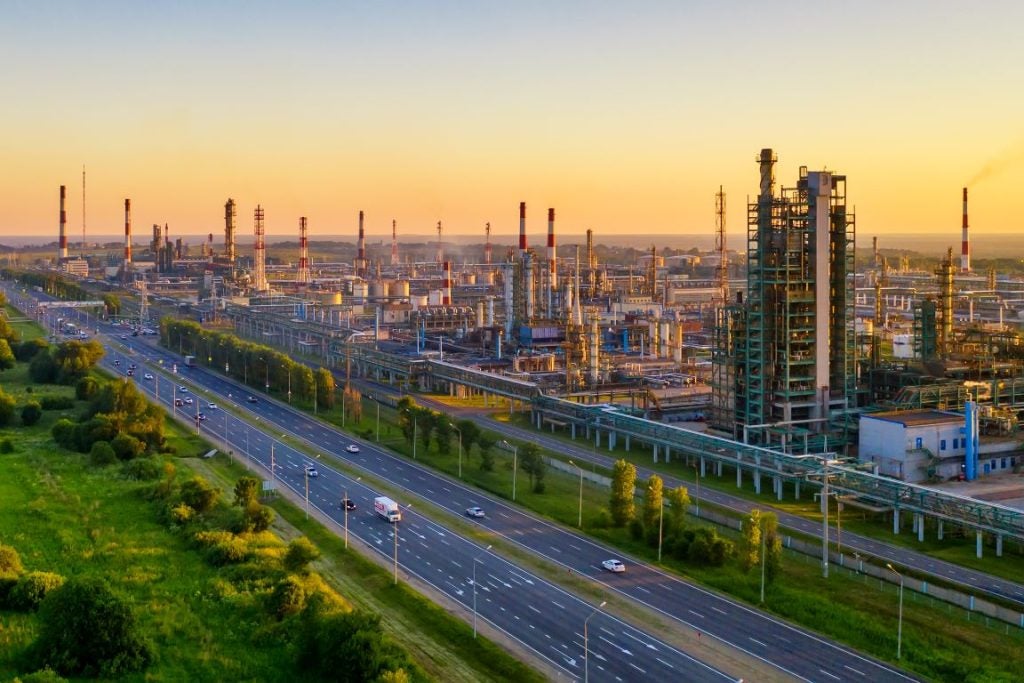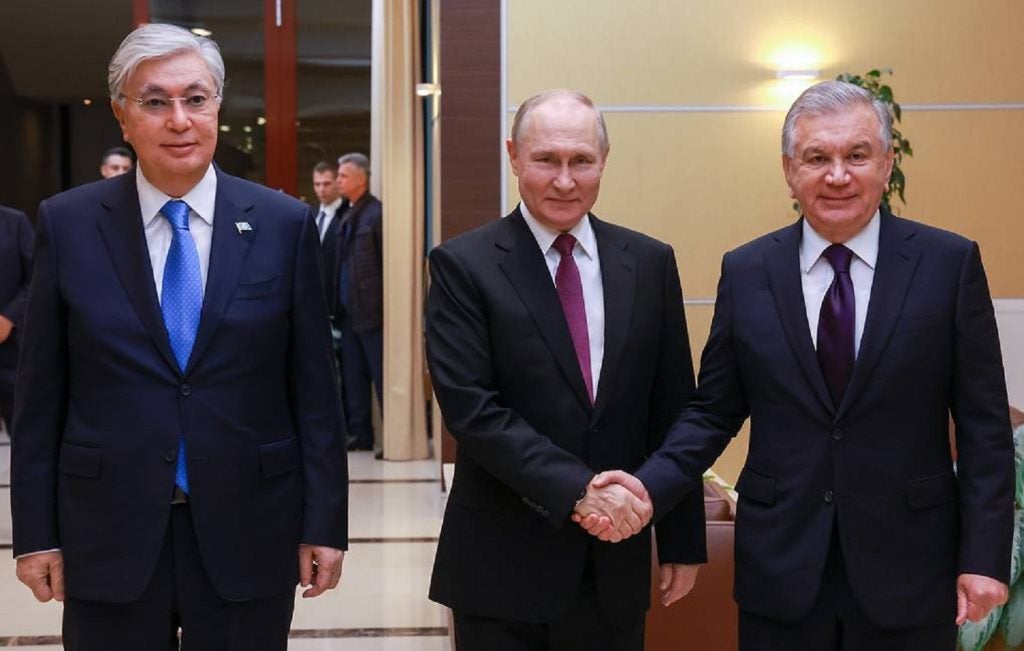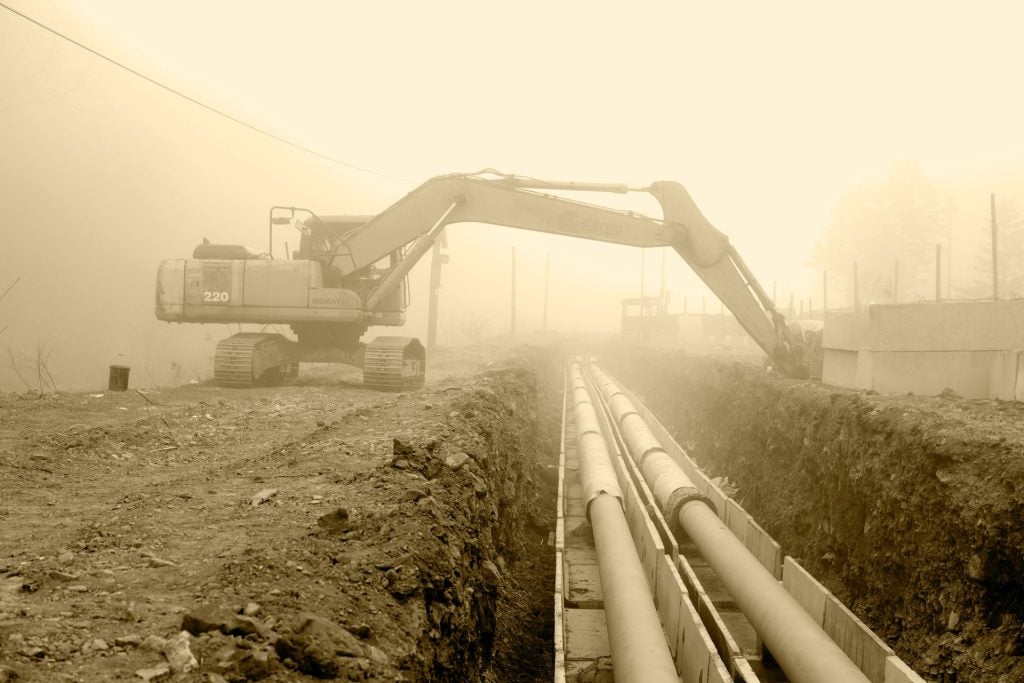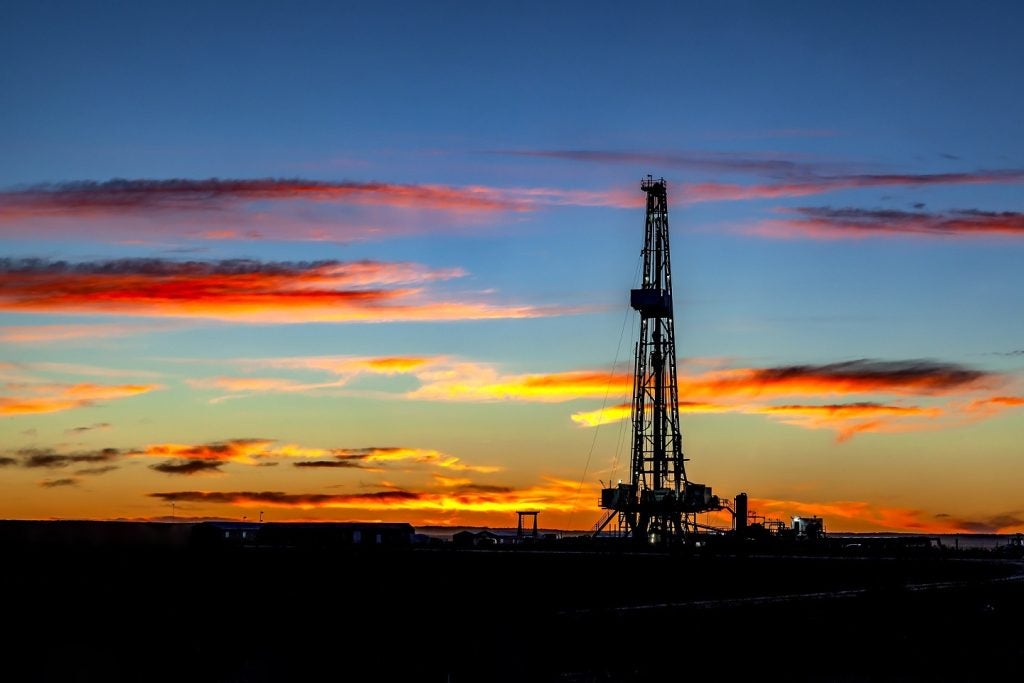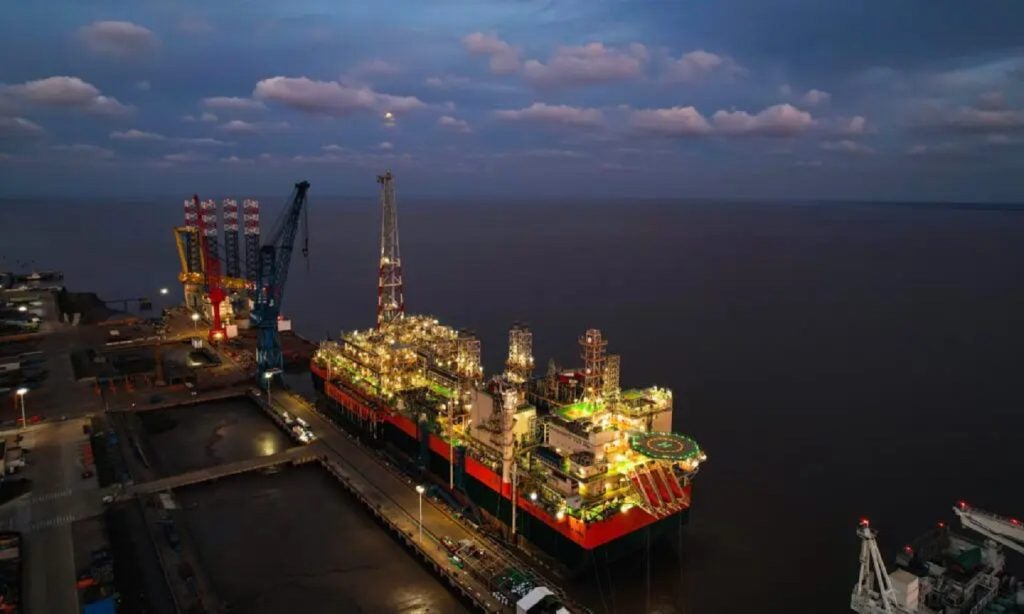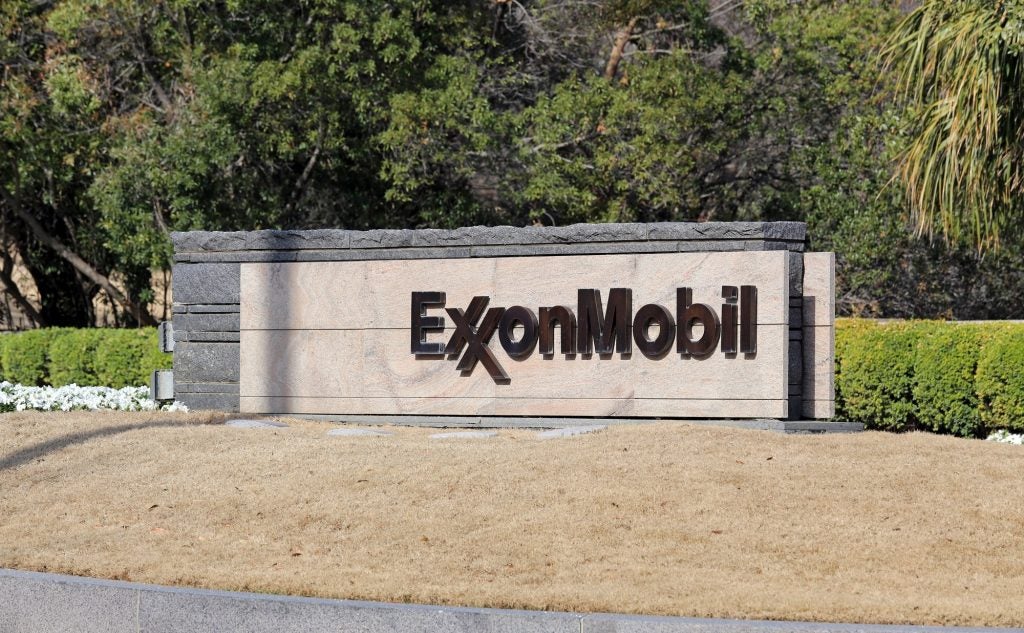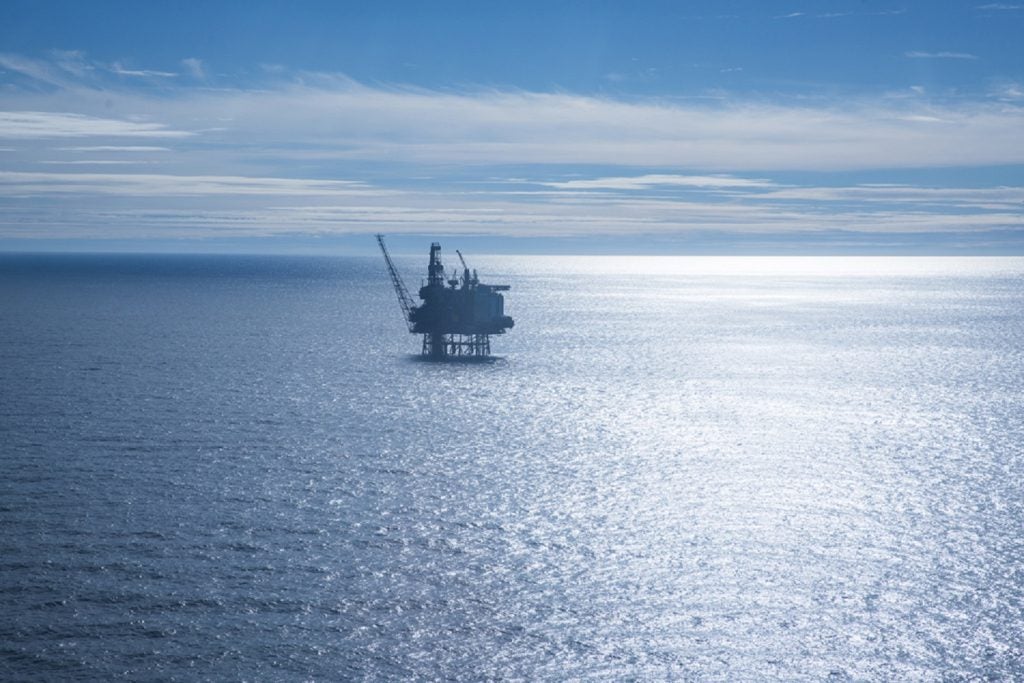After three difficult and challenging years of the Covid-19 pandemic, followed by trade disruption from Russia's full-scale invasion of Ukraine, the world's oil markets are still readjusting. An "unprecedented reshuffling" of international oil and gas trade is taking place.
Production curbs by the Organisation of the Petroleum Exporting Countries and its allies (together known as Opec+) will soon buffer a surge in global oil supplies, which might result in a considerable tightening of oil markets globally. However, according to the International Energy Agency, market pressures will lessen over the coming years as other sources fill the gap in the market.
Even after a year of its invasion, Russia’s oil supply levels to Europe remained high. Many Western countries came together to curb Russian supplies, but this did not stop Russia from pulling in big revenues.
Western sanctions and price cap on Russian supplies
Last year the EU, G7 countries, and Australia imposed a price cap of $60 per barrel for Russian seaborne oil from 5 December, in response to the Russian invasion of Ukraine.
According to a European Commission statement, the “Price Cap Coalition” would limit costs due to market conditions and reduce Russia’s oil profits since it invaded Ukraine. The cap would also help stabilise global energy costs while limiting adverse effects on energy supply to less economically developed countries, it said.
The price cap allows Russia to export oil to third-party countries via G7 and EU tankers, insurance firms, and financial institutions only when sold at or below $60 per barrel. Al Jazeera reported that since most of the world’s transportation and insurance companies are in G7 countries, the cap makes it much more risky for Russia to sell its oil at a higher price.
The EU conducted a two-month evaluation ahead of implementing the price cap, setting it at least 5% below the average market price for Russian oil and petroleum products. The Price Cap Coalition of the G7, the EU and Australia set price caps on seaborne Russian oil from 5 February 2023.
Following the $60 price cap, the UK and its coalition partners said they would only provide services facilitating the maritime transport of refined oil products from Russia on the condition that “the goods are traded at $100 for high-value products like diesel and $45 for low-value products like fuel oil”.
In February, UK Chancellor Jeremy Hunt said, "Undermining Putin’s war machine through further sanctions on its funding streams will ensure the Russian government faces the full consequences of its unjustifiable actions.”
India and China see opportunity in Western sanctions
However, the countries not implementing sanctions can continue purchasing Russian oil over the price cap without using Western services to buy, insure, or transport it.
Dmitry Peskov, press secretary for the Russian President, said on the sanctions: “A decision [on Russia’s retaliatory steps] is being prepared. One thing is self-evident. We will not accept any price caps,” according to Russian news agency Interfax.
India refused to comply with the $60 price on Russian seaborne oil. On 7 December, India’s External Affairs Minister Subrahmanyan Jaishankar told the government that Indian refiners would continue to look for the best options in the country’s interest.
“We do not ask our companies to buy Russian oil. We ask our companies to buy oil [based on] what is the best option that they can get. Now, it depends on what the market throws up. Please do understand, it’s not just we buy oil from one country. We buy oil from multiple sources, but it is a sensible policy to go where we get the best deal in the interests of the Indian people, and that is exactly what we are trying to do,” Jaishankar said.
India is the greatest importer of Ural Mountain seaborne oil, which accounts for 50% of Russian exports, and China the second. In May 2023, China and India imported record-high levels of Russian crude oil facilitated by discounted supply prices, reducing the demand for oil from other areas such as the Middle East and Africa. Since neither of the countries signed up for sanctions, the discounted prices on Russian oil above the $60 per barrel cap were still lower than OPEC’s oil prices.
In March, private oil refiners Hengli Petrochemical and Jiangsu Eastern Shenghong Company received Russian crude imports. Four cargoes containing 740,000 barrels of low-sulphur crude were discharged at Hengli’s Dalian port in the same month, and two more in April.
Russian pipeline gas and liquefied natural gas imports in China rose by 2.6 and 2.4 times in 2022, respectively. China’s imports also jumped by 20% to 68.06 million tonnes.
Russia’s “backdoor” entry to Europe
Amid sanctions by Western nations, Russia turned to neutral parties for new deals. According to Russian Deputy Prime Minister Alexander Novak, Russian oil exports to India increased by 2200% since the nation was sanctioned.
However, this raised concerns about Europe receiving Russian supplies “through the backdoor”, via India. Reuters reported in April that record-high Russian crude oil imports in the fiscal year 2022-2023 helped India’s refiners boost diesel and jet fuel exports to Europe.
The discounted rates have enabled India to export refined products competitively to Europe, taking a larger market share. Before the invasion of Ukraine, Europe imported an average of 154,000 bpd of diesel and jet fuel from India. Since the ban on oil products in the EU came into place, this has increased to 200,000 bpd.
As a result, it seems Europe replaced Russian oil with supplies from other nations instead of reducing demand. According to Energy Monitor, Offshore Technology’s sibling site, some of the EU’s new imports may be traced back to Russia, as increased Russian oil exports to some African countries have coincided with a spike in those countries’ refined product exports.
Dependence on Russian supplies recedes; export revenue plummets
Since the total invasion of Ukraine, the sanctions have gradually put Russia under pressure in the energy sector, including the price caps and embargo on Russian seaborne oil.
According to GlobalData, the parent company of Offshore Technology Focus, the volume of oil transferred through Russian pipelines fell 37% year-on-year in the first seven weeks of 2022. European energy costs increased by 54% in the second half of 2021, as gas prices tripled and crude oil prices reached $105 per barrel.
“Russia’s non-energy revenues are on track for growth as planned, with the potential for a small surplus by year-end, but there is a problem with energy revenues,” Russian Finance Minister Anton Siluanov said in May.
Russian oil and gas revenue fell by 47% between January and June 2023 compared to the same period last year, GlobalData found, sitting at Rbs3.38tn ($37.4bn).
In June 2023, revenue from natural gas fell by 54% to Rbs125.7bn ($1.3bn), while crude and petroleum products declined by almost one-tenth to Rbs402.8bn ($4.2bn).
Before the invasion, state-owned oil and gas company Gazprom was the largest supplier to Europe. On 24 August 2023, Gazprom Neft’s second quarter results saw a fall in net profits by 43% to Rbs 140.1bn ($1.5bn). Russian companies have not disclosed many of their financial results since the invasion of Ukraine in February 2022, and Gazprom Neft did not publish its financial results last year.
Additonal supply cuts from Opec+ causes an all time high oil demand
On 3 July, Russian Deputy Prime Minister Alexander Novak announced voluntary production cuts of 500,000 barrels per day to increase oil prices.
Brent crude oil increased as much as 1.6% after the announcement, reaching $76.6 per barrel, followed by an announcement on voluntary output cuts of 1 million barrels per day for another month by Saudi Arabia.
In July, Opec+ encouraged production cuts to 50.7 million barrels per day, a fall in the global oil supply of 910,000bpd. However, these changes encouraged a rise in non-Opec oil production. The IEA forecast shows that non-Opec+ would likely dominate the world’s supply growth next year as “deepening Opec+ supply cuts have collided with improved macroeconomic sentiment and all-time high world oil demand”.
Slower oil demand in the coming years
The uncertainty of global economic conditions, added to the decisions of Opec+ and Beijing’s refining industry policy, will “play a crucial role in the balancing of crude oil and product markets”, says the IEA in its recent oil report.
The report says the world oil demand “is set to slow” down during the 2022-2028 due to existing policies and energy transition advances. Down by 150,000 barrels per day (bpd), the new forecast shows oil demand growth falling to one million barrels per day.
“World oil demand is scaling record highs, boosted by strong summer air travel, increased oil use in power generation and surging Chinese petrochemical activity,” IEA said in the August oil report.
Even though indirect reliance on oil and gas demands have not gone fallen as far as countries expected, sanctions have still pushed countries to meet some oil and gas demands with domestic production.
“Oil producers need to pay careful attention to the gathering pace of change and calibrate their investment decisions to ensure an orderly transition,” Birol said.


